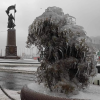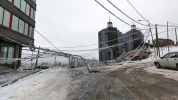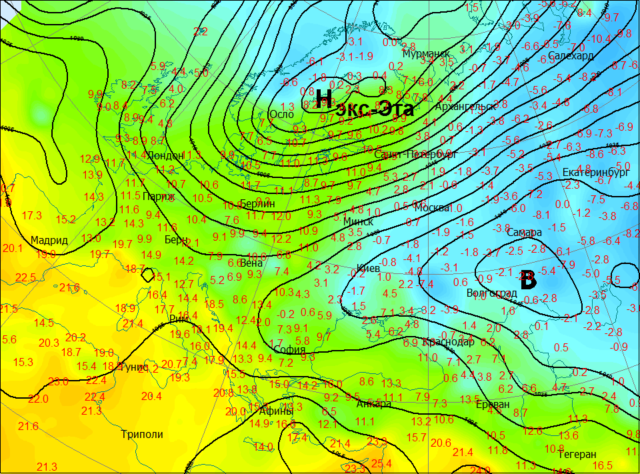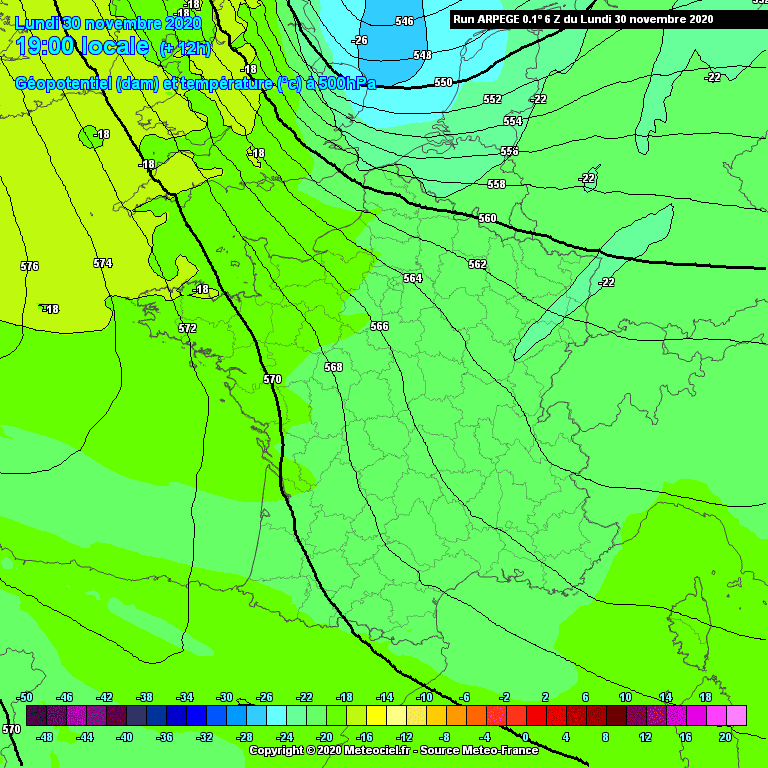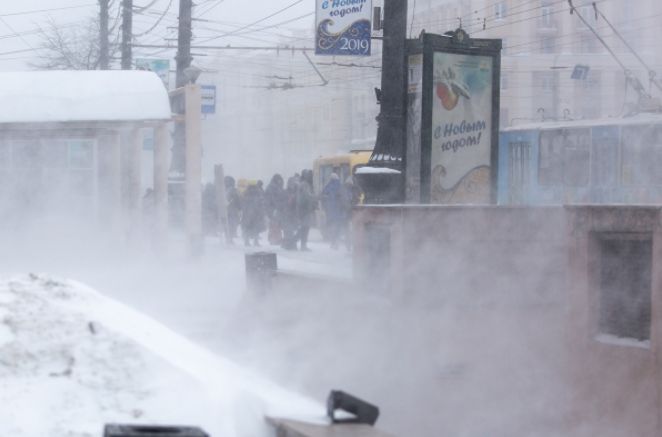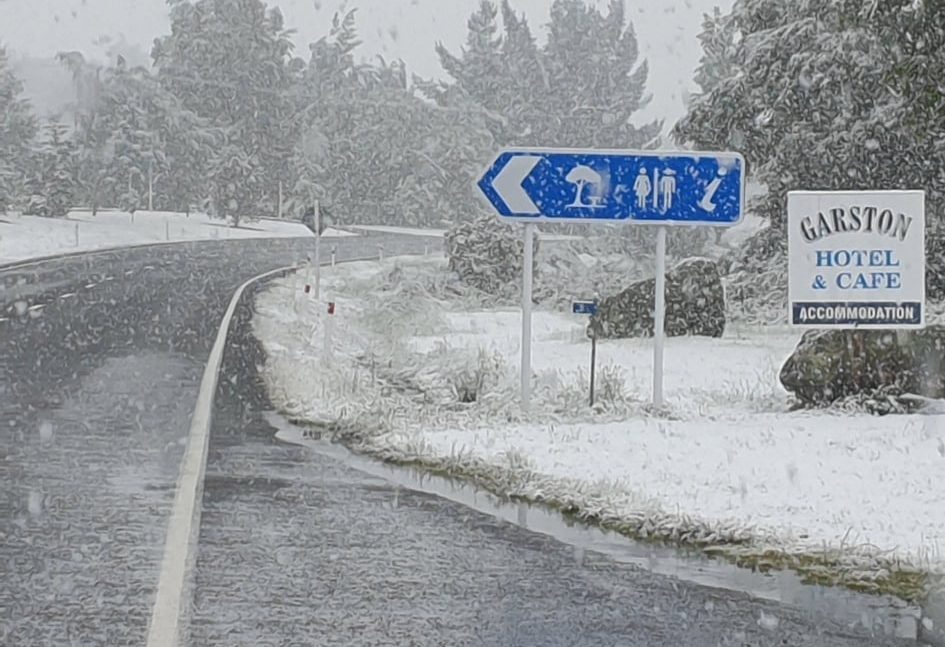Atlantic hurricane season breaks records: storm 30 has formed - Iota


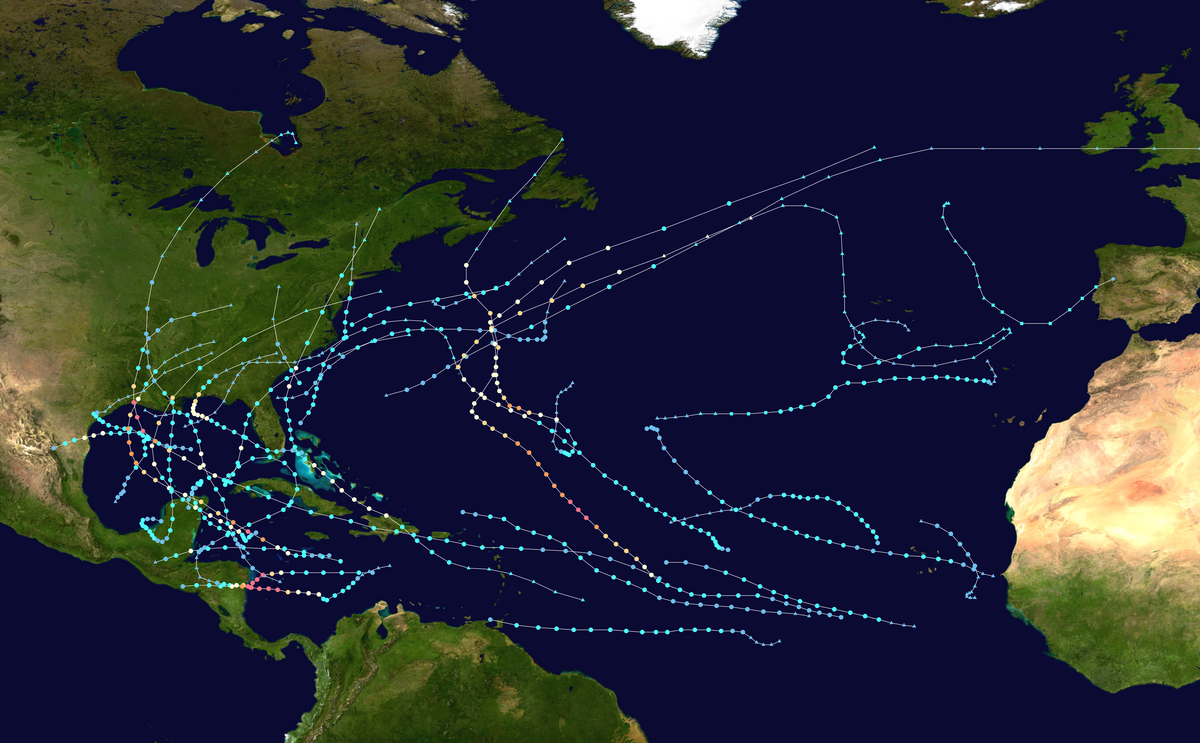
 en.wikipedia.org
en.wikipedia.org
According to the National Hurricane Center in the United States, on November 13, in the center of the Caribbean Sea, another tropical storm, named "Iota", developed from a low pressure area.
Currently, the weather system is located north of Colombia and is moving south-west at a speed of about 5 km / h, wind speed in gusts reaches about 18 m / s. Based on forecasts, on November 15, Iota will intensify to a hurricane, coming ashore on November 16 near the Nicaraguan-Honduras border.
This season of hurricanes in the Atlantic has already broken all records - 30 named storms and an ended list of names for hurricanes, which forced meteorologists to start using letters of the Greek alphabet. The record was previously set in 2005 - 28 storms.
However, the season is not over yet. The 31st storm will be named Kappa, and the next will be named Lambda. The Atlantic hurricane season officially ends on November 30, but Atlantic hurricane history has seen tropical weather systems occur after that date.
PS Let's not forget that the recently ended hurricane Eta killed more than 160 people, with Guatemala and Honduras hit harder than others. And another hurricane Iota will strike in the same place.



2020 Atlantic hurricane season - Wikipedia
According to the National Hurricane Center in the United States, on November 13, in the center of the Caribbean Sea, another tropical storm, named "Iota", developed from a low pressure area.
Currently, the weather system is located north of Colombia and is moving south-west at a speed of about 5 km / h, wind speed in gusts reaches about 18 m / s. Based on forecasts, on November 15, Iota will intensify to a hurricane, coming ashore on November 16 near the Nicaraguan-Honduras border.
This season of hurricanes in the Atlantic has already broken all records - 30 named storms and an ended list of names for hurricanes, which forced meteorologists to start using letters of the Greek alphabet. The record was previously set in 2005 - 28 storms.
However, the season is not over yet. The 31st storm will be named Kappa, and the next will be named Lambda. The Atlantic hurricane season officially ends on November 30, but Atlantic hurricane history has seen tropical weather systems occur after that date.
PS Let's not forget that the recently ended hurricane Eta killed more than 160 people, with Guatemala and Honduras hit harder than others. And another hurricane Iota will strike in the same place.

